- The following is content from the press release -
Visualization of child development based on big data on 16,627 children born in winter
Summary
(Chuo-ku, Tokyo; President: Banyuki Hattori) has conducted a big data study focusing on child development in collaboration with Keiko Matsubara, Senior Researcher, and Kakushi Narumi, Manager, Molecular Endocrinology Research Department, National Center for Child Health and Development (Setagaya-ku, Tokyo; President: Takashi Igarashi). After examining data for a total of 16,627 children, it was confirmed that the distribution of developmental data recorded by caregivers in their daily child-rearing was generally consistent with the reference data that are currently widely used. Detailed statistical analyses also showed that the distribution of achievement timing for some items differed by gender and season. These research results have been published online in The Journal of Pediatrics, an American medical journal.
[Press release points
- The process by which a child acquires various abilities such as "walking" and "talking" is called development. Many studies have been conducted on development, but all of them collected data at a fixed point in time, such as when a child was 4 months old. This is the first study in the world to use developmental data recorded in real time by caregivers in their daily child-rearing.
- Developmental data for a total of 16,627 children were confirmed to be generally consistent with currently known reference data (Ministry of Health, Labor and Welfare survey, U.S. studies, etc.). Detailed statistical analysis of the data revealed that children born in the winter have faster motor development, such as sitting up and walking by themselves, and that boys are more likely to develop language more slowly.
- Combining real-time "visualization" of developmental data with the currently widespread practice of infant health checkups at milestone month ages could lead to earlier and more reliable connections to specialists for children who need support to promote development.
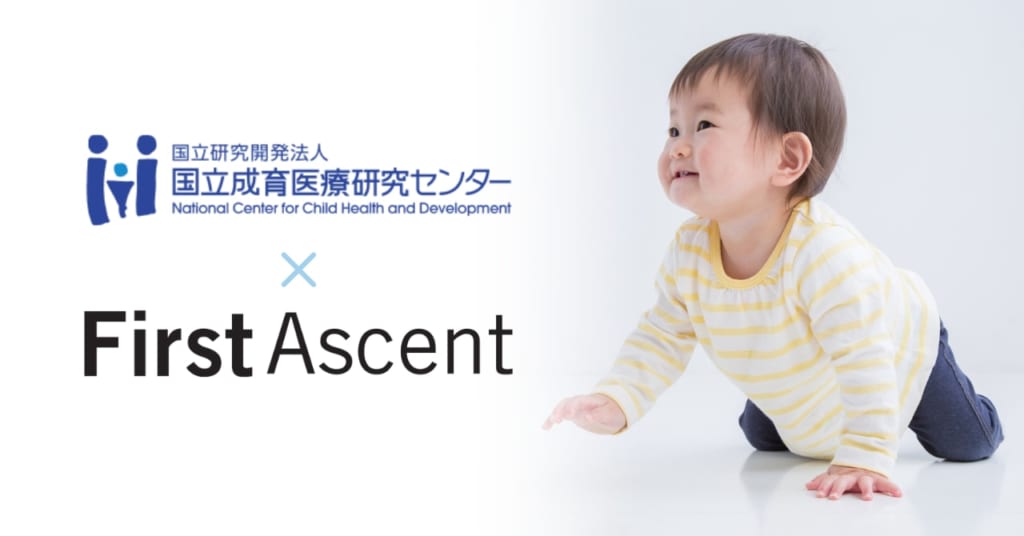
Background and Objectives
It is said that humans are born in the most immature state among all living creatures. In fact, newborns are born with undeveloped human-specific abilities such as thinking, emotional expression, bipedal walking, and dexterous hand movements. However, after birth, new abilities are acquired at an astonishing rate, and by the age of 1.5 years, they are able to communicate verbally, walk on two legs, use simple tools, and other uniquely human abilities. In pediatrics, this process of acquiring abilities is called "development," and is distinguished from "growth," which refers to changes that can be expressed numerically, such as height and weight.
Developmental milestones are used as a guide to determine how well the child is developing, and include items such as "the child will start to laugh when you feed him or her by 4 months" and "the child will be able to sit up by himself or herself by 8 months". Currently, data from the World Health Organization (WHO) survey and the Ministry of Health, Labor and Welfare's periodic survey (Infant and Young Child Physical Growth Survey, most recently conducted in 2010) are used as reference data for developmental milestones. These were based on home visitor surveys or questionnaires to caregivers, and data were collected at a certain timing predetermined by the researcher.
In recent years, with the spread of smartphones and tablets, applications with functions to support child-rearing have been developed. Papatto Ikkoiku @ Baby Notebook" operated by First Ascent Inc. is one such app. The National Center for Child Health and Development and First Ascent Inc. have analyzed a total of 700,000 people and 500 million items of childcare big data since 2017. This time, we have compiled the results of our research on the theme of development.

Methods and Results
The "Papatto Ikkoiku@Children's Notebook" has an entry field called "First Time" to record the dates when developmental milestones such as "shyness" and "turning over" were first achieved (Figure 1). We analyzed data for a total of 16,627 children on 20 items* that are achieved by around age 2 in the developmental records recorded in the Papatte Childcare@Baby Notebook between 2014 and 2019, and compared them with the currently widely used reference data (Ministry of Health, Labor and Welfare "Survey of Infant Physical Growth"). As a result, we found that the distribution of the 19 items, with the exception of the "yasayasu" (laughter) item, was generally consistent with the reference data (Fig. 2).
*20 items include: fussing and laughing, shyness, imitating "bye-bye," following moving objects with eyes, grasping rattles, reaching for toys, holding objects in opposite hands, fingering small objects, making "ah" and "ooo" sounds, laughing out loud, repetitive babbling, calling mommy, speaking other words than "mommy," turning over, sitting up, crawling, clutching, tugging, walking on one's own, and walking by oneself. Talking, turning over, sitting up, crawling, holding onto things, clutching, clambering, standing on one's own, walking on one's own.

Next, we analyzed child characteristics related to the timing of achievement of developmental milestones. Specifically, we focused on three characteristics: gender, season of birth (spring, summer, fall, or winter), and nutritional method (breastfeeding-centered, mixed feeding, or formula-fed), and conducted a detailed analysis using statistical methods. The results showed that the data distribution of seven items classified as gross motor development of basic physical movements ("turning over," "sitting up," "crawling," "grasping," "trotting," "standing by oneself," and "walking by oneself") differed depending on the season of birth, with children born in winter achieving all items earlier than those born in summer (Figure 3). (Figure 3, left side). In addition, the analysis of gender differences showed that the distribution of data on milestones related to language development differed, with boys more likely to achieve slow language development (Figure 3, right side).
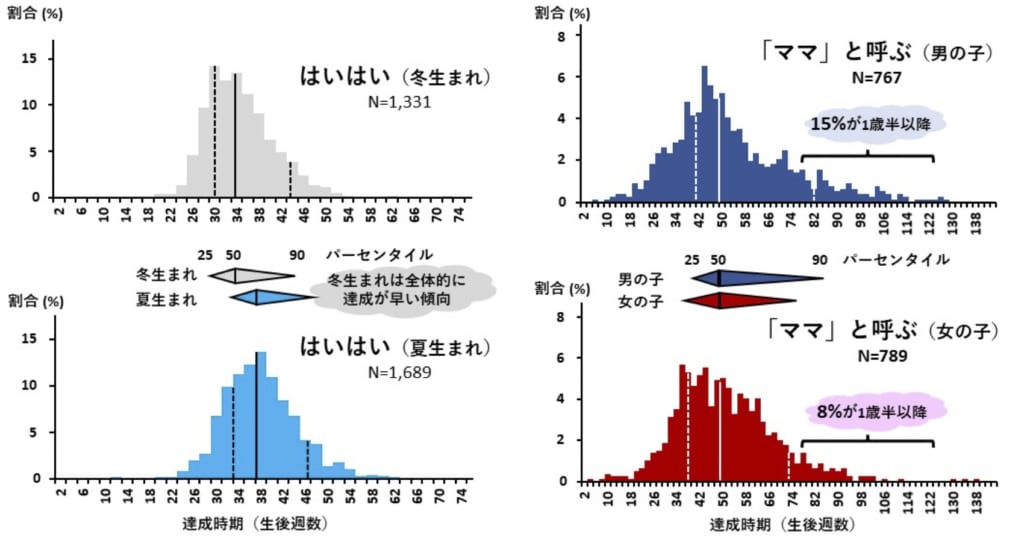
Future Prospects
- This study is the first to "visualize" the development of children as witnessed in daily child-rearing settings. The fact that the records kept by caregivers at many developmental milestones were generally consistent with the current normative data is an important fundamental finding for promoting developmental research utilizing big data.
- Currently, the only screening opportunity for detecting developmental delays is the infant health examination at milestone ages (4 months, 10 months, 1.5 years, etc.). Developmental "visualization" has the potential to assist the infant health examination by detecting children at risk for developmental delays earlier and more reliably.
- In the near future, we plan to implement "visualization" in "Papatte Childcare @ Baby Notebook" that will allow caregivers to grasp the developmental status of their children in real time. We hope that making it easier for caregivers to grasp the dynamic daily developmental process will provide an opportunity to further deepen their attachment to their children.
Information on published papers
Title: "Achievement of Developmental Milestones Recorded in Real Time: A Mobile App-Based Study
Japanese title: "Real-Time Recording of Developmental Milestone Achievement: A Study Using a Smartphone App.
Author(s): Keiko Matsubara 1), Ban'yuki Hattori 2), Kakushi Narumi 1)
1) Department of Molecular Endocrinology, National Institute of Child Health and Development
2) First Ascent Inc.
Journal: The Journal of Pediatrics
DOI:. https://doi.org/10.1016/j.jpeds.2022.02.018
Special note
This research was supported by the Strategic Innovation Program (SIP) "Advanced Diagnosis and Treatment System by AI (Artificial Intelligence) Hospital" project of the Cabinet Office.
For inquiries regarding this release, please contact
First Ascent Inc.
E-mail: info@first-ascent.jp

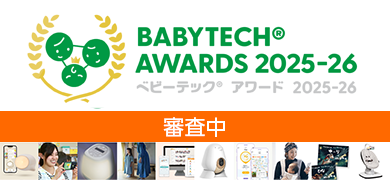

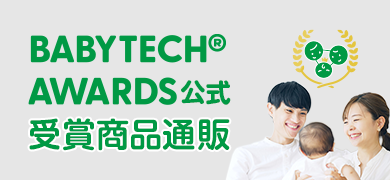



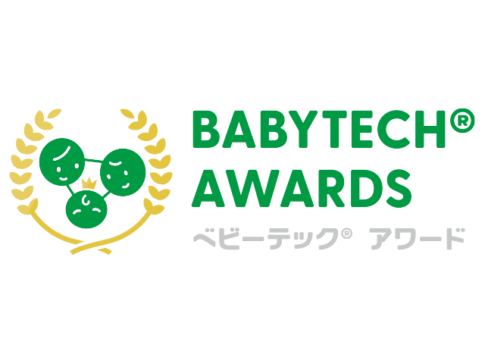






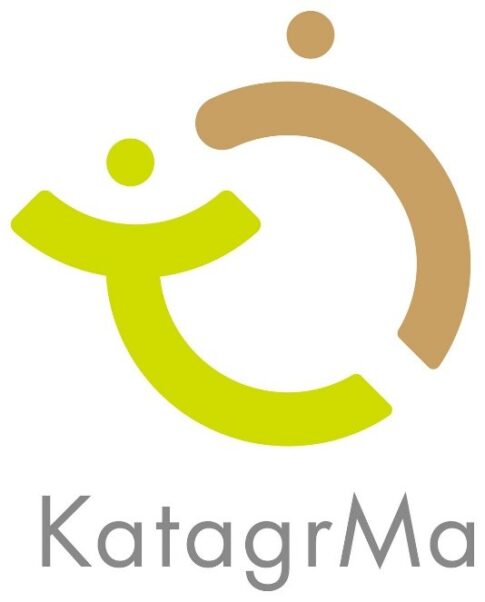
First Ascent, a leader in baby tech services and devices in Japan, confirmed that the developmental milestones of babies recorded longitudinally through the company's Papatte Ikkoiku@Baby Notebook app are generally consistent with data from the Ministry of Health, Labor and Welfare (MHLW) and the World Health Organization (WHO). The company's Papa Nurture@Baby Notebook app is a great tool for the development of babies. The company is also shining a different spotlight on the characteristics of the timing of developmental milestones, and gaining new insights.
In addition, the combination of infant and toddler checkups at milestone months, which is now widely practiced, may help to connect children who need support to promote development to specialists earlier and more reliably.
This is very noteworthy because it is the first study in the world in which real-time, daily recorded data of a baby's development was used.
Let's take a look at the details from the press release.